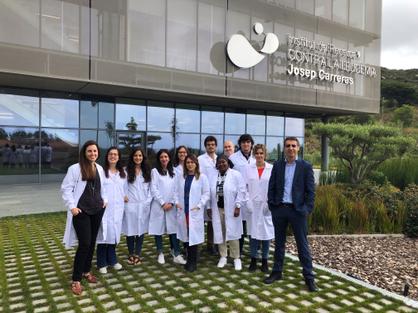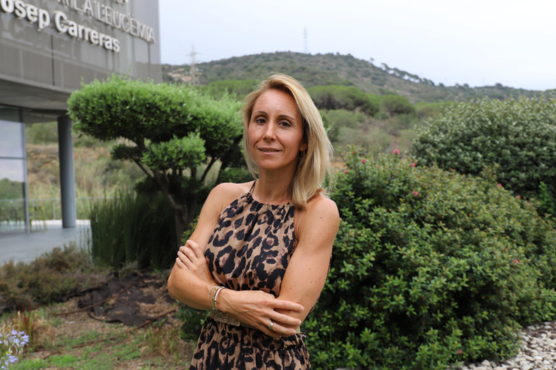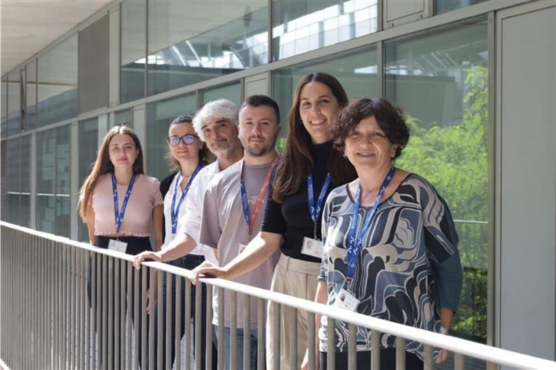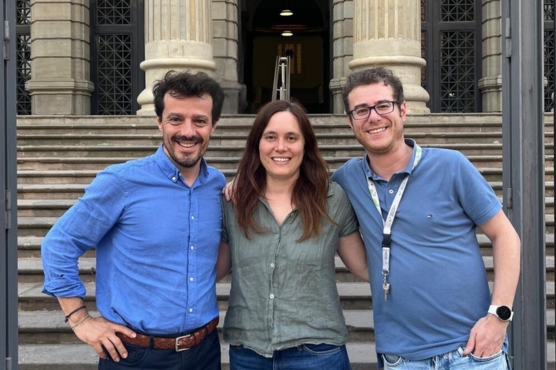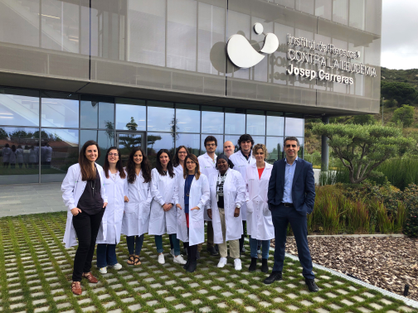
Cancer epigenetics group, led by Dr Manel Esteller.
An article published in Cancer Cell with the collaboration of the group of Dr. Manel Esteller, Director of the Josep Carreras Leukaemia Research Institute, ICREA Research Professor and Professor of Genetics at the University of Barcelona, today provides us with the reasons that would explain the extraordinary response of these individuals to cancer therapy.
There is a very special subgroup of cancer patients. These are people who have advanced, and highly aggressive cancer mostly associated with a very short survival time, but surprisingly they respond very well to treatment, greatly increasing their life expectancy. These patients are colloquially called “Lazarus” because, being on the verge of death, they return to full life, as happened with the person of the same name described in the biblical texts. These “Lazarus” patients represent a minimal proportion of individuals with cancer and until now the causes of this phenomenon were unknown.
“The study has been led by the National Cancer Institute (NCI) of the United States, which are world pioneers in genomic studies of tumours. They had managed to gather more than 100 exceptional responding patients, where they were obtaining the mutations of the tumours, and they asked us to also analyse their epigenome and we did so. It has been a work of several years and intense, but the discoveries obtained have been worth all the effort: we have obtained the first explanation of why these patients evolve so well. ” – states Dr Manel Esteller, co-author of the Cancer Cell study – “It turns out that the cancers of these people have randomly accumulated several genetic and epigenetic defects that make them hypersensitive to the drug that the doctor gives them. It would be as if on a floor that has just been polished, a banana skin will also be deposited by chance: the fall of a person walking by would occur for sure. Well, that is what happens to these tumours: they accumulate two or three events that derail the growth of the cancer when it receives the drug. An example: a high-grade brain tumour has a genetic lesion in a DNA repair gene and a mutation in a different gene that also repairs DNA. That patient, if he receives a drug that damages DNA, won’t be able to fix that defect and that tumour won’t be able to grow.” -explains Dr Esteller and adds- “Now the dream is that this knowledge serves to help other patients with tumours of much more common clinical behaviour. For example, we could think that the external induction of a second alteration in a pathway already damaged in the tumour, would create a “Lazarus” patient that would respond very well to a drug designed against that cellular pathway. “



